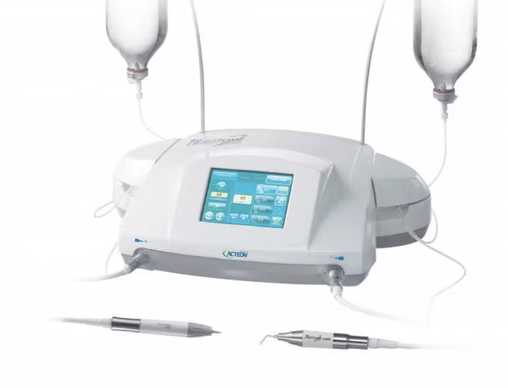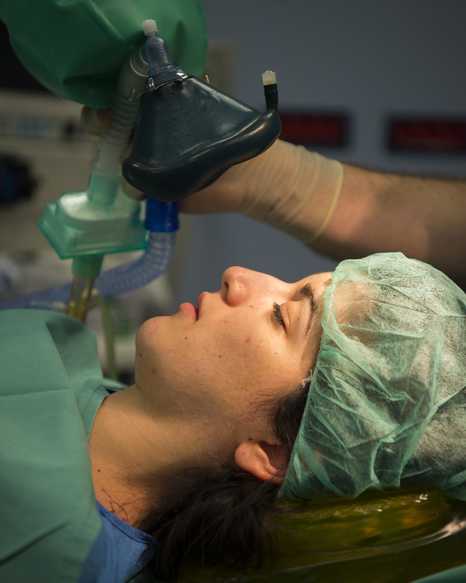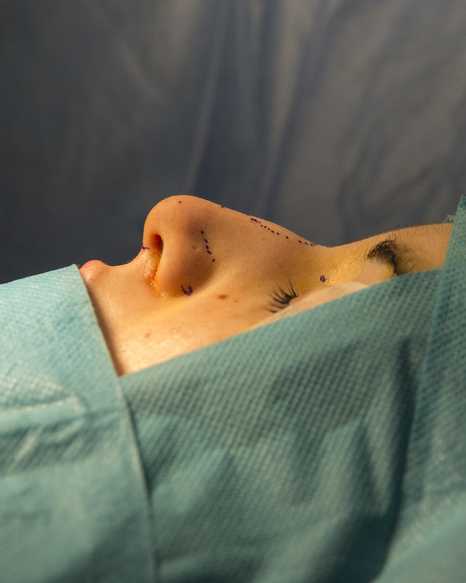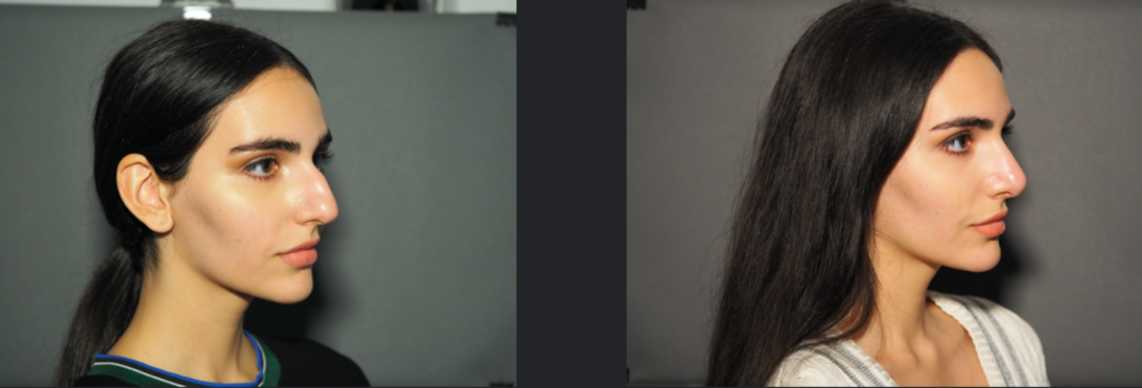Rhinoplasty
The main
things you need to know about your operation are analyzed in this article.
Ultrasonic rhinoplasty, using the new state-of-the-art Piezo system brought to Greece by Dr. Mireas, guarantees perfect functional and cosmetic results.

· The new ultrasonic rhinoplasty technique allows the surgeon to sculpt the bones of your nose without having to break them.
· The ultrasonic technique is much safer, offers a more predictable result, significantly reduces the likelihood of undesirable postoperative effects such as swelling and bruising, and speeds up recovery.
· In the case of both cosmetic and functional rhinoplasty, the goal after surgery is proper breathing and facial harmony, with natural movements when speaking and smiling. The nose should also match the person’s gender, age, and personality.
Anesthesia
A local anesthetic in combination with a general anesthetic is the best option.

If a general anesthetic is contraindicated (i.e. its use is inadvisable for some reason), we can proceed with the administration of a sedative or just under local anesthetic.
Rhinoplasty surgery: stages of the operation
Depending on the case, rhinoplasty surgery, can involve:

· Anaesthetization of the patient
· Creation of between 1 and 3 small incisions inside both nostrils (which are not visible after the operation). In the case of open rhinoplasty, the incisions are joined together under the tip, with a small incision between the two nostrils.
· A nasal hump – a bump in the nose – can be removed.
· A crooked (deviated) nasal septum can be straightened.
· If grafts are necessary, they are taken from the septum.
· A drooping nasal tip can be lifted.
· The tip of the nose can be reshaped. This might mean making the nose narrower, or straightening it, etc.
· Some or all of the dimensions of the nose can be reduced (for a large nose).
· Some or all of the dimensions of the nose can be increased (for a small nose) using grafts.
· The patient’s nostrils can be strengthened if they collapse when breathing in sharply.
· The nasal valve can be widened in the case of a very narrow nose and breathing difficulties.
· If grafts are necessary, they are taken from the following areas (in this preferred order): septum, other parts of the nose, ears, ribs.
· The size of the nostrils is reduced if required.
· The internal incisions are closed with absorbable sutures, while in open plastic surgery three tiny stitches are inserted underneath the nose.
· No packing is placed inside the nose. A very small amount of ointment is applied inside the nose – avoiding the need to use gauze and cotton wool, which are uncomfortable for the patient, especially during removal.
· A discreet thermoplastic splint is placed on the bridge of the nose for 6-7 days.
Duration of the surgery
Rhinoplasty surgery: risks and complications
Can there be any complications during rhinoplasty surgery? Are there potential risks that the patient should be aware of?
Leaving the clinic
Patients can leave the clinic on the afternoon of same day, once the anesthetic has worn off (about six hours after the surgery).
After the operation
There is no pain at all after rhinoplasty surgery with Dr. Mireas.
To answer the questions most frequently asked by our patients, we have put together a list of simple postoperative instructions for after the rhinoplasty procedure.
Results of the rhinoplasty procedure
The results of a rhinoplasty procedure are permanent. After a correctly performed operation with modern techniques, it will be impossible for the septum to become deviated again, the nose to droop, etc.
Successful rhinoplasty
The success of a rhinoplasty operation depends on choosing an experienced ENT/Rhinoplasty Surgeon, who, in consultation with the patient, will create a nose that blends in seamlessly with the rest of the face.

Every rhinoplasty surgery aims for perfect results, both aesthetically and functionally. After a correctly performed rhinoplasty, your nose will look great and you will also be able to breathe properly.

